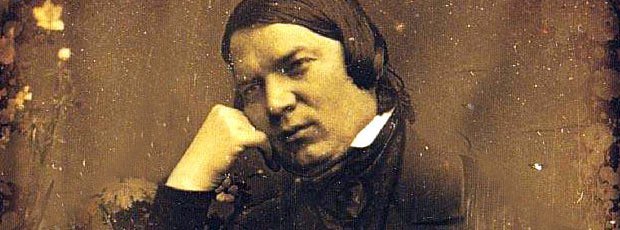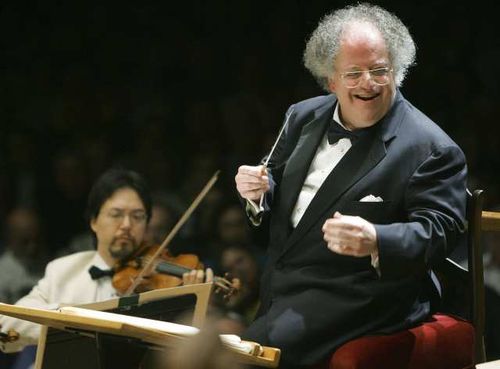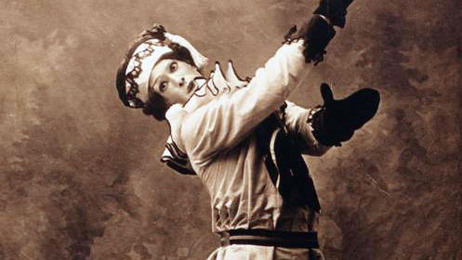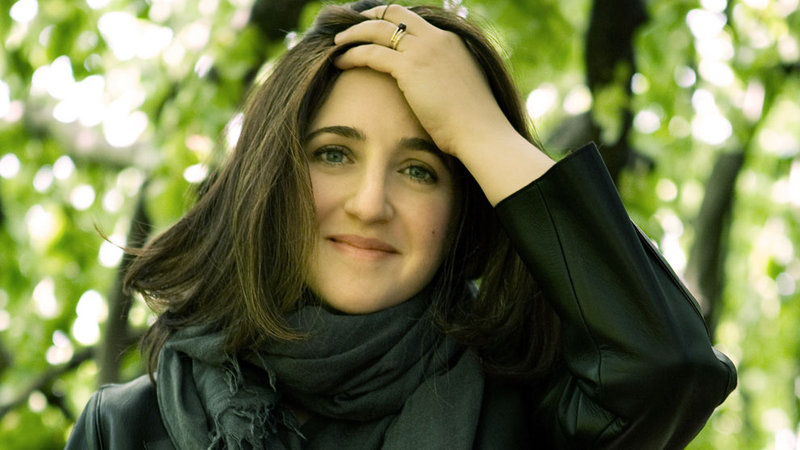Last week the exceptionally talented, young conductor, Tito Muñoz led the Richmond Symphony in a memorable concert which included Robert Schumann’s Fourth Symphony. Returning to this symphony, I was reminded of the subtle sense of schizophrenia that often inhabits Schumann’s music. For example, in the first theme of the Fourth Symphony’s opening movement, listen to the way the music develops through obsessive rhythmic repetition. The restless eight-note motive that makes up this theme haunts the entire first movement, twisting and evolving throughout the development section. It resurfaces in the bridge to the final movement (a nod to Beethoven’s Fifth), as if to say, “You can’t escape me…I’m still here!”
Schumann’s Violin Sonata No. 1 in A minor, op. 105 develops with a similarly stormy, obsessive intensity. For the first movement, rather than a standard tempo marking like “Allegro,” Schumann provides the words, Mit leidenschaftlichem Ausdruck (with passionate expression). The opening motive begins in the depths of the violin amid tempestuous piano arpeggios. It reaches tentatively, falls back and reaches again before soaring higher. Listen to the conversation between the violin and piano as the motive is passed back and forth. This is a persistent conversation which becomes increasingly intense (listen to the piano at 1:02). There’s a strong sense of striving, and by the end of the exposition a few hints of sunlight have appeared (1:58). But then we get pulled back into the depths. One of my favorite moments in this first movement is the way we return from the development to the recapitulation (5:40).
Listen for the stormy, obsessive development of the opening motive and enjoy the incredible drama which unfolds in this first movement. Here are Japanese violinist Shoji Sayaka and pianist Itamar Golan in recital at Tokyo’s Suntory Hall in 2005:
https://www.youtube.com/watch?v=7tGb6extFGw
Here are the second and third movements. In the second movement (Allegretto), the musical conversation seems to end frequently in a question. You may hear passages which anticipate Johannes Brahms’ violin sonatas.
The A minor Violin Sonata was first performed publicly by Clara Schumann and the German violinist Ferdinand David in March, 1852. David worked closely with Felix Mendelssohn, influencing Mendelssohn’s Violin Concerto.
Recordings
[unordered_list style=”tick”]
- Gidon Kremer and Martha Argerich: find on iTunes, find at Amazon, listen to a sample
- Christian Tetzlaff and Lars Vogt: a new recording, released in 2013. Find on iTunes
- Carolin Widmann and Denes Varjon: find at Amazon
- Ilya Kaler and Boris Slutsky: find at Naxos
- Augustin Hadelich and Akira Eguchi perform the first movement: youtube
[/unordered_list]






